Freedman’s Film Forum: “All In: The Fight for Democracy”
Junior Joshua M. Freedman enjoys watching an early premiere of the new film “All In: The Fight for Democracy” at his house on Sept. 9.
“All In: The Fight for Democracy”, which is officially released to the public on Sept. 18 through Amazon Prime Video, is a captivating film that not only leaves audiences more knowledgeable in regards to the prevalent issue of voter suppression, but inspired as well.
“All In” tells the story of the origins, effects and prolonged fight to end voter suppression in America. The motion picture, shot in the style of a documentary, primarily focuses on how Georgia’s 2018 gubernatorial election was stolen from Mayor Stacey Abrams.
Abrams, a Democratic African-American woman born in poverty and the great-great-granddaughter of slaves, went head-to-head for the position of governor against Republican, and now Georgia’s governor, Brian Kemp. As the film shows, Kemp has consistently supported voter suppression legislation that mainly targets minorities and people who have lower incomes.
Such legislation includes voter identification laws and verification of signatures on legal documents, which are similar to the restrictive laws passed during the Jim Crow Era to keep African Americans, and other minorities such as Native Americans, from voting. “All In” makes clear that voter I.D. laws specifically target minorities born during the Jim Crow Era in the South, as they were not allowed to receive birth certificates and other crucial identification.
What I found to be more shocking, is how racist the laws are that require signature verification of hopeful voters. American citizens who learned English as a second language, or poverty-stricken people who possibly did not receive a “proper” education, have a significantly harder time signing their name in a consistent way.
Further appalling, as the Secretary of State for Georgia, Kemp was in charge of organizing and running the voting process during his own election. Not only did he use this power to purge 1.4 million voters in his election, but voters had to endure up to eight-hour lines due to voting machines mysteriously breaking, intentionally under trained staff and a consequential number of people being barred from voting due to mistakes made on the staff’s behalf. With 22,000 citizens who did not vote, and 25,000 outstanding votes, Kemp won the election by 1.4 percent.
Since “All In” was shot as a documentary, it seemed to me more like something I would have watched in my U.S. history class. Nonetheless, I believe that it is crucial for high school students nationwide to view it by their senior year.
High school students are either approaching or have already reached the age to vote, and this documentary clearly and effectively shows that the right to vote is not only one of the most important rights as American citizens, but one of the most heavily fought for rights as well.
The directors, Lisa Cortés and Liz Garbus, made the excellent decision to keep transitioning between the past and the present. For example, the film discusses the Women’s Movement and its impacts on our nation, and then immediately follows it with footage of Abrams speaking at the anniversary of the March on Washington in 1993 about voting rights.
Abrams’ speech creates a powerful and eye-opening effect on the audience. The fact that society is still fighting for one of its Constitutional rights after centuries resonated with me, which is exactly what I think the directors were aiming for.
Furthermore, the film features politicians such as President Barack Obama and Congressmen John Lewis, who died this past summer, and does an excellent job at telling the stories of individuals from all different races, economic standpoints, regions, political standpoints and criminal backgrounds.
While I really enjoyed the documentary, I can understand that it might not be for everyone. I admit, when I turn on the television after a long day of studying and doing homework, I am looking for something either funny or chock full of action, not something educational.
Nonetheless, I watched the film with an open mind, and I’m so glad I did. Not only was it intriguing to learn about history and politics, but I was also able to become a more educated citizen in regards to personal liberties and political injustices: something I think is extremely relevant right now.
Therefore, no matter what type of film genre an individual favors, I strongly encourage everyone to view “All In: The Fight for Democracy” at least once.
In short, I am definitely “all in” with my vote for everyone to go and see “All In: The Fight for Democracy.”
Your donation will support the student journalists of Thomas S. Wootton High School. Your contribution will allow us to purchase equipment and cover our annual website hosting costs.
Joshua M. Freedman is a 2022 graduate.


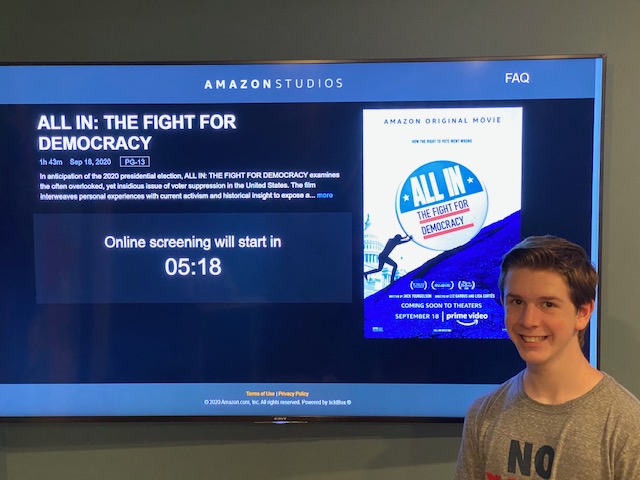
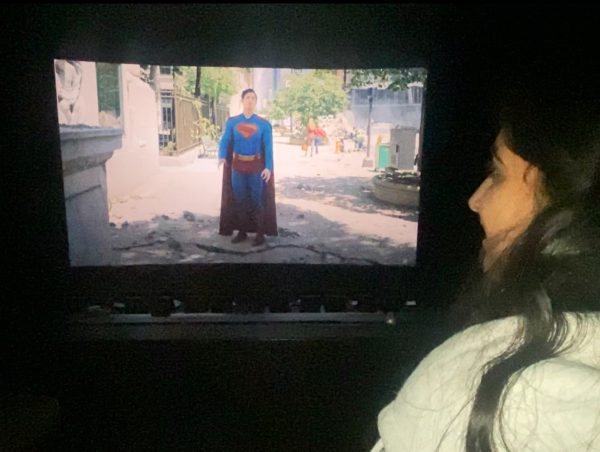
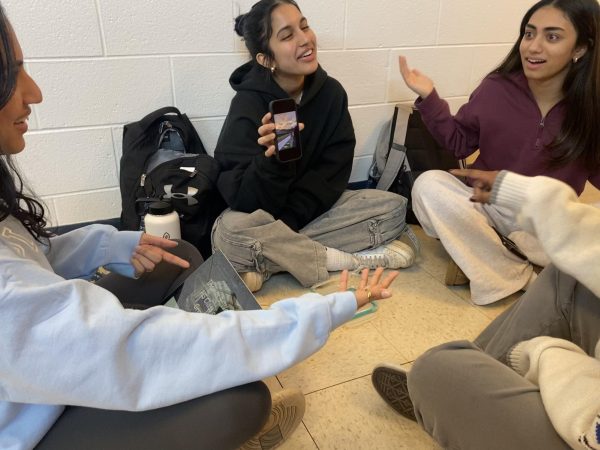

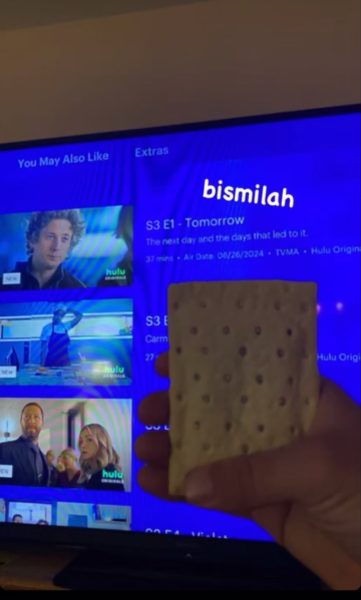

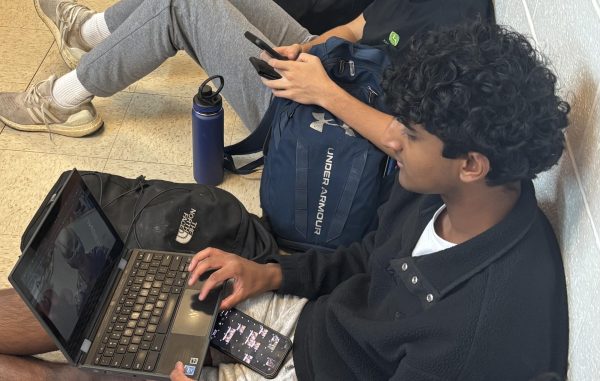
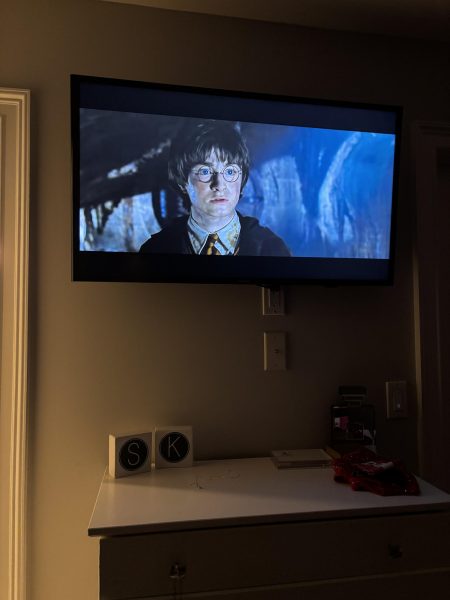

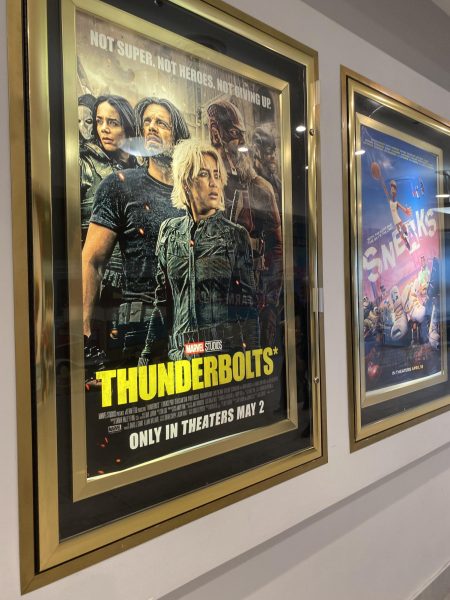
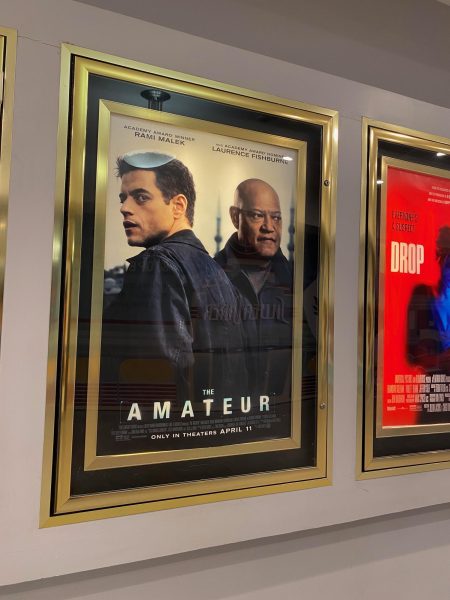
Noah Lenkin • Sep 17, 2020 at 11:56 AM
This is a excellent article, and I look forward to reading the rest of his articles throughout the year
Daniel Weller • Sep 17, 2020 at 7:43 AM
Excellent review! I was not aware of all the active suppressing of voting in the last gubernatorial race in Georgia, plus the many other facts that Joshua highlighted. I will definitely see this documentary..